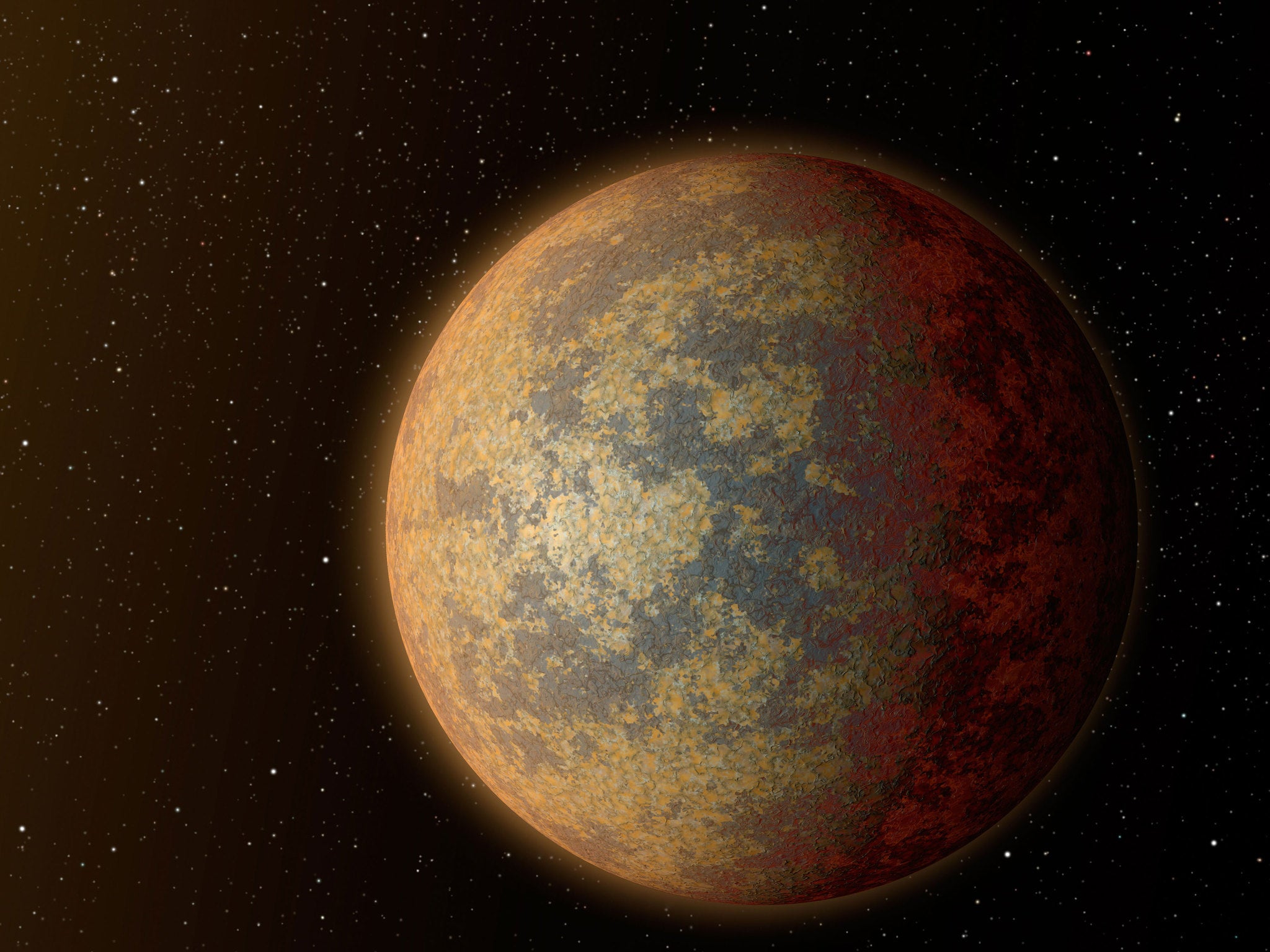Scientists find a hot 'super-Earth' and 60 more planets, boosting chances of discovering life
The findings suggest that there are many more planets out there waiting to be found – which might support alien life

Your support helps us to tell the story
From reproductive rights to climate change to Big Tech, The Independent is on the ground when the story is developing. Whether it's investigating the financials of Elon Musk's pro-Trump PAC or producing our latest documentary, 'The A Word', which shines a light on the American women fighting for reproductive rights, we know how important it is to parse out the facts from the messaging.
At such a critical moment in US history, we need reporters on the ground. Your donation allows us to keep sending journalists to speak to both sides of the story.
The Independent is trusted by Americans across the entire political spectrum. And unlike many other quality news outlets, we choose not to lock Americans out of our reporting and analysis with paywalls. We believe quality journalism should be available to everyone, paid for by those who can afford it.
Your support makes all the difference.Astronomers have found 60 new planets near our own – boosting the chances of finding one that could support life.
A team of international scientists found a further 54 potential planets, meaning that in all the researchers might have discovered a full 114 planets.
And at least some of those might be like Earth, and able to support life, the researchers have said.
One of the exoplanets was a hot "super-Earth" that has a rocky surface and is found in the fourth nearest star system to our own. That planet, known as Gliese 411-b, could suggest that all the stars near our own sun have planets orbiting them – and as such that those too might be like Earth and have the conditions for supporting alien life.
The results are based on almost 61,000 individual observations of 1,600 stars taken over a 20-year period by US astronomers using the Keck-I telescope in Hawaii.
The observations were part of the Lick-Carnegie Exoplanet Survey, which was started in 1996 by astronomers Steve Vogt and Geoffrey Marcy from the University of California and Paul Butler, from the Carnegie Institute of Science, in Washington.
Dr Tuomi, who was the only European-based researcher working on the project and led analysis of the data, said: "It is fascinating to think that when we look at the nearest stars, all of them appear to have planets orbiting them.
"This is something astronomers were not convinced about, even as little as five years ago.
"These new planets also help us better understand the formation processes of planetary systems and provide interesting targets for future efforts to image the planets directly," the University of Hertfordshire scientist said.
Dr Butler said: "This paper and data release is one of my crowning achievements as an astronomer. It represents a good chunk of my life's work."
The group's paper has been accepted for publication in The Astrophysical Journal.
Additional reporting by Press Association
Join our commenting forum
Join thought-provoking conversations, follow other Independent readers and see their replies
Comments